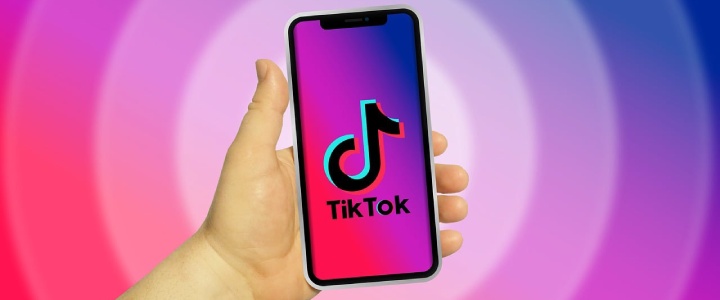
The news that New York City was filing a lawsuit against various social media companies including TikTok, Instagram, Facebook, Snapchat and YouTube appeared in the media and then quickly disappeared. At first glance, it may seem like a complaint doomed to failure. Nevertheless, that is not so.
Content and basis of the lawsuit
The lawsuit seeks compensatory and punitive damages, in an amount to be confirmed, in a proceeding the city requests be done before a jury.
It is a lengthy and rigorously written brief that includes a precise description of the facts on which the complaint is based. As such, no less than 300 pages of the lawsuit are devoted to a description of the facts and their harm. In a first part, the general facts applicable to all the defendants are laid out. Next, described in consecutive parts, are the actions for which each of the defendants, who are accused of using algorithms that are addictive for minors, would be responsible.
What are these companies accused of?
According to the lawsuit, the sued companies have designed and developed algorithms aimed at attracting and keeping young people addicted to their products. All of this, done with the help of applications put in place to complicate parental control.
These general facts are specified in respect to each of the companies, taking into account the technical and business characteristics of each one.
Also highlighted in the lawsuit is Meta’s concealment of the harmful effects of its platforms from the public, from the New York City administration, and at the United States Senate Judiciary Committee hearing held in Washington D.C. on January 31, 2024.
How did they do it?
Regarding the operative framework followed, this can be summarised as follows:
- First, there was continuous updating of the algorithms to maximise their addictive capacity and prevent users from leaving.
- The design of the algorithms focused on developing compulsive use of the applications. For example, with respect to TikTok, it is noted that the algorithms were designed to maximise use by providing an infinite amount of content and, at the same time, content offered only ephemerally or for a limited time. All this, along with virtual rewards such as the number of subscribers or of “likes” accepting the offered content.
- Modification of the algorithms happened deliberately and progressively in order for the companies to maintain their revenues.
- The platforms did not create effective age verification controls for users, allowing access to minors.
- Nor did they develop effective parental controls.
Effect on children and young people
The lawsuit alleges mental harm to young people, accredited by New York’s mental health services. Standing out among the specific effects is the promotion of negative images of children’s bodies. For example, through the use of tools such as lenses and filters that modify physical appearance, which foster unreal physical standards whose harmful comparison with reality affects the self-esteem and mental health of underage users.
All this, they add, led to a mental health crisis among young people.
What is sought in the lawsuit?
The lawsuit contains three complaints:
- For public nuisance, millions of dollars, to be confirmed at trial, are being sought.
- For negligence, given that the companies knew – or should have known – the effects of their products on the mental health of underage users. On this point, the lawsuit seeks a conviction that includes the defendants’ providing sufficient resources to provide mental health services to those affected (in schools, public hospitals, and programs around New York City). But it also talks about two types of damages: compensatory and punitive.
- For gross negligence, based on all the above, but characterising the behaviour of the defendants as reckless and indifferent to the rights of users and the public in general.
How will this legal process end?
Although it is difficult to guess the future, it should be noted that a jury trial is being sought in which the defendants would most likely be in an unfavourable position. However, for a variety of reasons this trial will probably never take place.
For starters, the disparity in the defendants’ interests does not help them. In addition, holding a trial would affect the reputation of the companies and force them to reveal business secrets related to the architecture of their algorithms. This is something they will certainly try to avoid.
This is why the lawsuit is likely to end in a settlement agreeing to millions in compensation, which will not represent all that much for the companies being sued. This is a solution that is usually established in this kind of court case.
Of course, it is foreseeable that the New York City lawsuit will produce changes regarding how the companies assume responsibility for the damage they can cause, especially in minors. And especially in relation to the algorithms developed for the use of their social media networks.
By Manuel Richard González, professor of Procedural Law at the Universidad Pública de Navarra.
This article was originally published in The Conversation and the EADT is sharing it for your interest, although it does not necessarily reflect the position of the Association.




